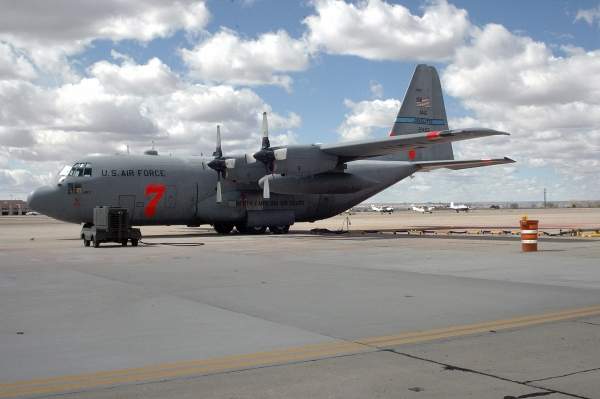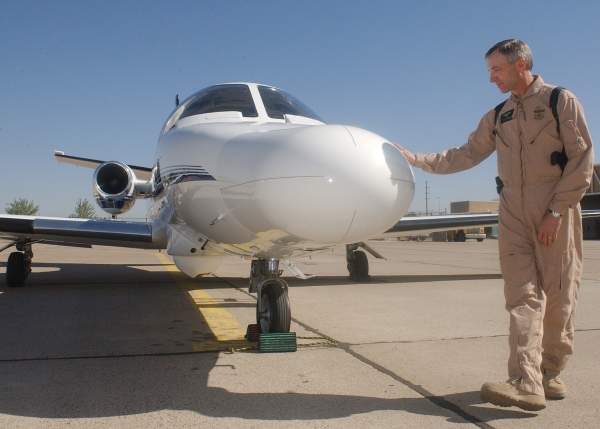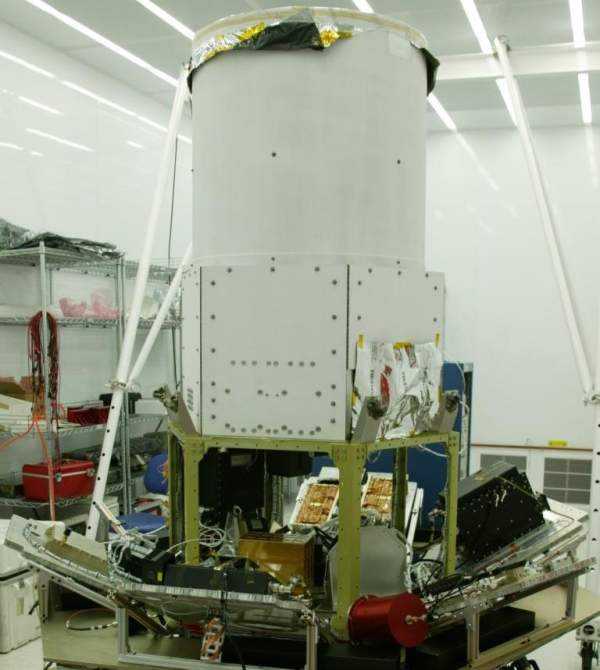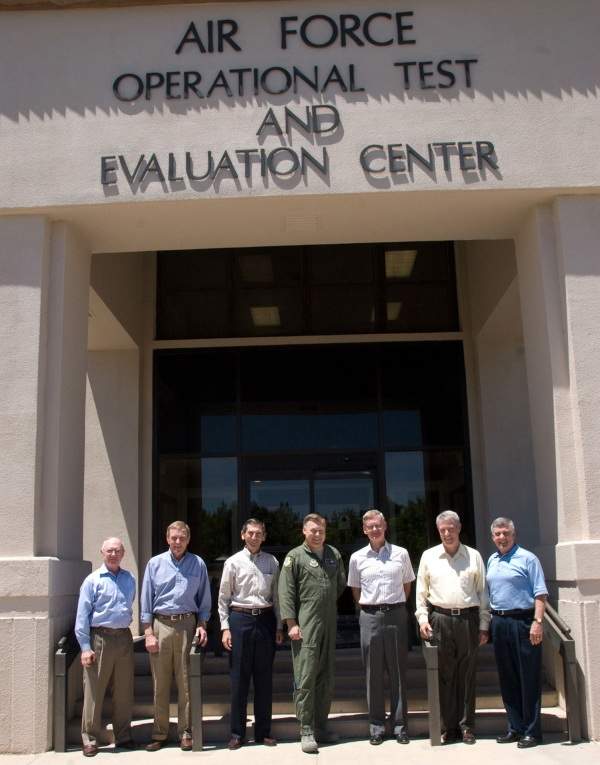The Kirtland Air Force Base (Kirtland AFB) is spread over 52,223 acres (21,133ha) in Albuquerque, New Mexico, in the US. It is located about five miles east of Rio Grande.
The base is primarily engaged in nuclear weapon testing and evaluation. It was used for air training missions during World War II.
The base has four centres of excellence, including nuclear, special operations / combat rescue, directed energy and space. It employs more than 23,000 people.
More than 3,000 active duty and 1,100 Guard and Reserve employees serve the base. In addition, there are 3,400 civil service, 300 non-appropriated fund employees and 12,500 contractors.
History of the Kirtland AFB
The base was originally an airport that was opened in 1928 under the name Albuquerque Airport. Western Air Express built a new one (now known as Albuquerque International Sunport) under the same name just four miles away from the original airport. The previous airport was consequently renamed as Oxnard Field.
The US Army and Navy pilots used the Oxnard Field for refuelling and maintenance during their regular military flights. The army air corps leased 2,000 acres land adjacent to the new Alburuerque Airport and later bought the Oxnard Field.
The property was subsequently transferred to the federal government. The field, thereafter, continued operating for military use.
The federal government built the Albuquerque Army Air Base at the site in 1941. The Oxnard Field was renamed as the Kirtland Army Air Field in April 1942, in the honour of Col. Roy C Kirtland, an expert pilot in the US Army.
The base was used for war operations by the US Armed Forces. It was engaged in training flight crews during World War II. It trained the combat crews for the B-29 Fortress, the aircraft that was used for the nuclear attack on Hiroshima and Nagasaki in Japan.
The air materiel command took control of the base in February 1946 to conduct flight tests for the Manhattan Engineering District, the organisation that produced the atomic bomb.
Flight training activities were, thereafter, replaced by flight testing activities. The base was used to evaluate and test a number of special weapons and technologies, including laser technologies.
The Kirtland, Manzano and Sandia bases were merged in 1971 and brought under one command to create the Kirtland Air Force Base. It is the third largest installation in the air force materiel command (AFMC) and the sixth largest in the US Air Force.
The AFMC took over the operations of the base from the air mobility command in 1993.
Kirtland Air Force Base garrison
The primary host unit of the Kirtland Air Force Base is the 377th Air Base Wing, which was activated in January 1993. The 377th Air Base Wing conducts nuclear operations and is engaged in the organising, training and deploying of expeditionary forces for the USAF. It supports more than 100 mission partners.
The 499th Nuclear Systems Wing operates a munitions maintenance and storage complex at the base. The underground munitions storage complex was opened in 1992. It is the world’s largest nuclear weapons storage facility.
The 377th Air Base Wing and the 498th Nuclear System Wing together constitute the air force nuclear weapons center, which is AFMC’s centre of excellence for nuclear weapon systems.
Created in March 2006, the nuclear weapons center ensures the availability of nuclear weapons for the National Command Structure and Air Force. It also devices and maintains nuclear programmes for the Department of Defense and Energy.
Other units hosted at the base include the 58th Special Operations Wing, 150th Fighter Wing, New Mexico Air National Guard, AFRL Directed Energy Directorate, AFRL Space Vehicles Directorate, Air Force Inspection Agency, Air Force Nuclear Weapons Center, Air Force Operational Test and Evaluation Center, Air Force Safety Center, Space Development and Test Directorate and the Distributed Mission Operations Center.
Some of the non-military organisations operating from the base are Sandia National Laboratories, Department of Energy, National Nuclear Security Administration, Detachment 1, 342 TRS Pararescue and Combat Officer Training School, New Mexico Veterans Affairs Health Care System and the Lovelace Respiratory Research Institute.
Air and other facilities at the New Mexico base
Kirtland Air Force Base and Albuquerque International Sunport share the same runways. There are four runways in total.
The longest runway (8/26) is 13,739ft (4,204m) in length, while the shortest runway (12/30) is 6,000ft long (1,829m). The base also uses the air traffic control tower at the airport.
The first military aircraft that reached the base was a B-18 bomber. The base has been used for training operations on a variety of aircraft including B-17s, B-24s, B-29s, AT-11s, A-17s and PT-17s.
The Kirtland AFB has a recreational flight training centre which offers professional flight training services. An arts and crafts centre, Auto Hobby Shop and bowling centre, golf course and matting and framing shop are also there.
Other facilities include a child development centre, family childcare homes, fitness centres, lodging, library, travel centre, dining facility and a veterinary clinic operated by the US Army.
US Defence Sector – Market Opportunity & Entry Strategy, Analyses and Forecasts to 2015
Detailed analysis and forecasts of the US defence market are available from our business information platform Strategic Defence Intelligence. For more information click here or contact us: EMEA: +44 20 7936 6783; Americas: +1 415 439 4914; Asia Pacific: +61 2 9947 9709 or via email.







